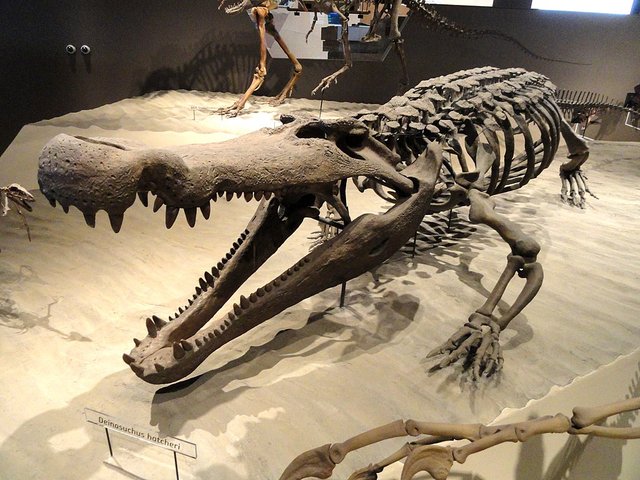Huge and terrifying extinct animals
Man is undoubtedly the predominant predator on the planet today. However, we have been in this position for a relatively short time.
We would like to inform everyone that there have been animals bigger and scarier than we know at the present time.
Andrewsarchus
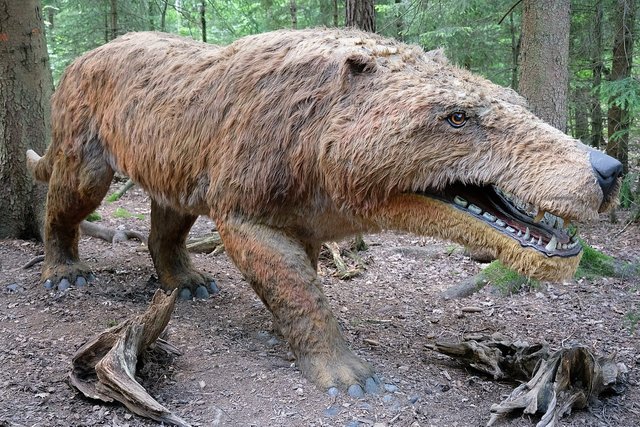
A giant carnivorous mammal that lived in the Eocene, about 45-36 million years ago.
Paleontologists estimate that this predator weighed up to 1,800 kg, making it the largest predator of all land mammals.
Meganeura
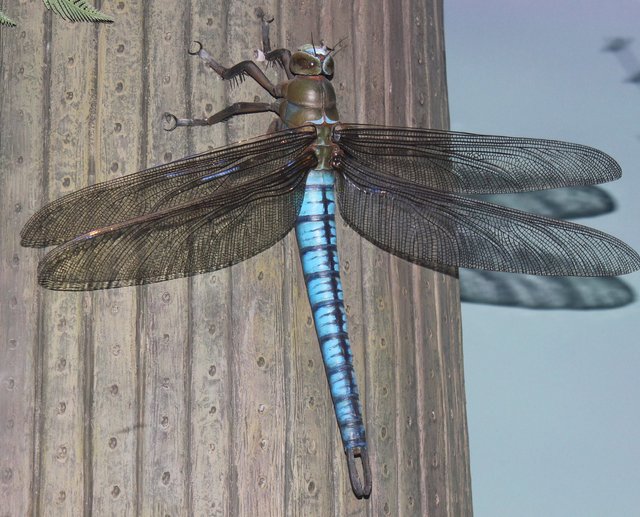
Meganeura monyi was a giant dragonfly-like insect with wings reaching 66 cm, and was one of the largest flying predators in world history. Their diet consisted primarily of other insects as well as small reptiles and amphibians.
Deinosuchus
Deinosuchus was an extinct animal, similar to modern crocodiles and alligators, that lived between 80 and 73 million years ago.
Giant crocodiles were up to 12m long, and had large, sharp teeth capable of killing and eating sea turtles, fish and even large dinosaurs.
Dunkleosteus
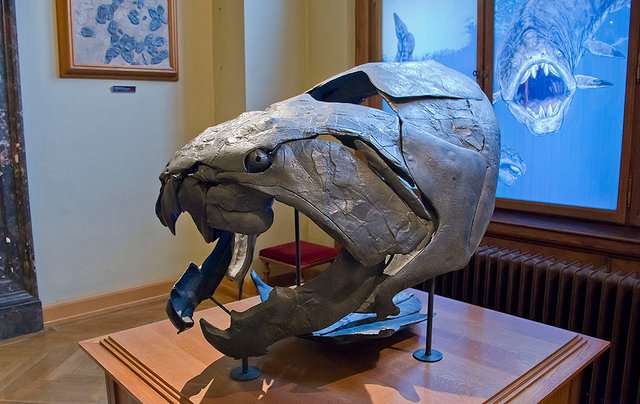
Dunkleosteus was an immense carnivorous fish, living about 380 to 360 million years ago. Weighing up to 10 meters and weighing almost four tons, it was a big predator in its time.
His head and thorax were covered by articulated armor plates, he was a slow swimmer but very strong.
Arthropleura
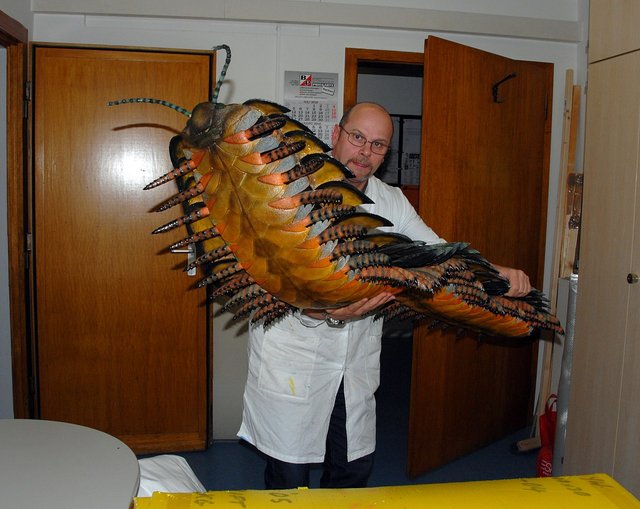
Arthropleura was the largest invertebrate species in history. It existed about 340-280 million years ago, where the modern North American continent is located.
Despite its enormous size - almost 2 m - Arthropleura was not a predator, but a herbivore.
Arctodus
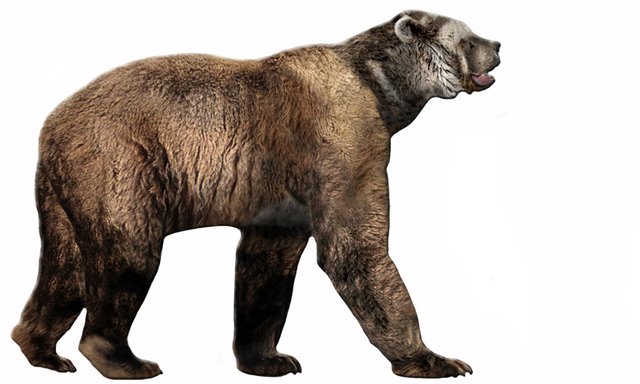
Arctodus (long-legged bear) is an extinct species of bear that lived in North America during the Pleistocene era. This animal is one of the newest on the list, having been found 11,000 years ago.
Despite this, its size was consistent with the prehistoric animal: it reached 3.5 meters and was estimated to weigh over 1000 kilograms.
Like many other large Pleistocene animals, long-legged bears lost much of their food source with the appearance of humans.
Megalodon
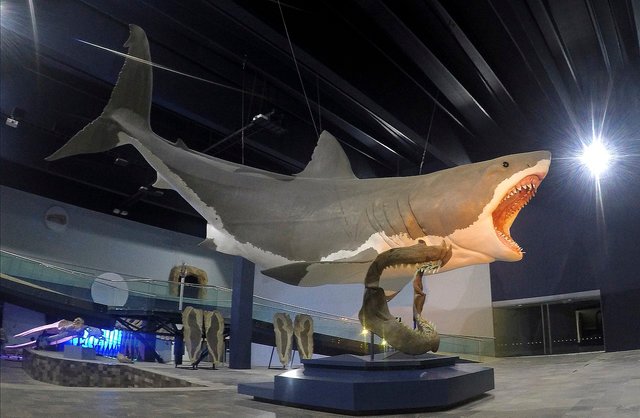
The megalodon is an extinct species of giant shark that lived 28 to 1.5 million years ago. Its name means "big tooth", and you can guess why.
With its amazing size of up to 18m, it is considered one of the biggest and most powerful predators on the planet. It was similar to the huge and fearsome white shark that could be found all over the world.
Titanoboa
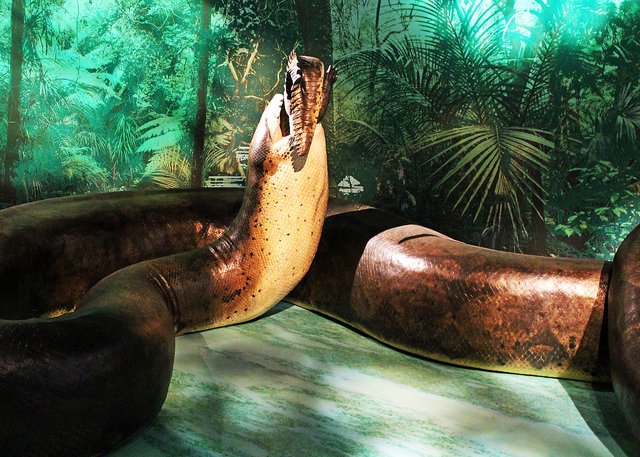
The largest snake currently in existence is the Python, with an average size of 7 meters. However, the titanoboa, a snake that became extinct 58 million years ago during the Paleocene epoch, was the largest, longest and heaviest snake ever found.
It was estimated to be around 12 meters long and weighs around 1,100 kilograms. crocodiles and giant tortoises were their favorite prey.
Phorusrhacidae
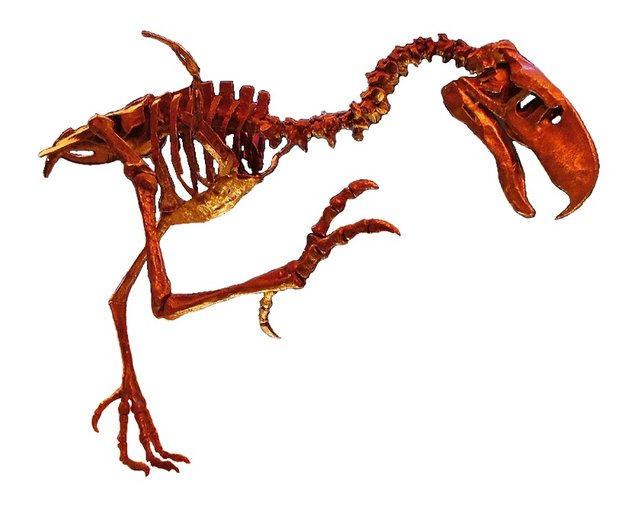
Most of the birds we know of that do not fly, such as ostriches and penguins, are harmless to humans. However, the Forusracids, also known as "terror birds", is a member of an extinct family of large carnivorous birds.
It was one of the great predators of South America during the Cenozoic Era, about 62 million years ago, and was the largest flightless bird on Earth, reaching 10m in height and weighing up to 500kg.
Cameroceras

Cameroceras are ancient gigantic creatures, ancestors of squid and octopus that lived between 470 and 460 million years ago, in the Ordovician period.
The mollusk's most distinctive feature was its huge shell and conical tentacles, which it used to catch fish and other sea animals. The shells are estimated to be 6-12 m long.
Carbonemys
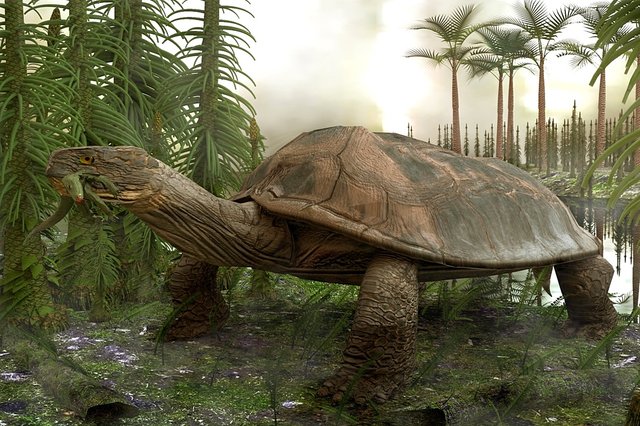
Carbonemys is an extinct species of elephant tortoise that lived about 60 million years ago. This means that it survived the mass extinction crisis that wiped out most of the dinosaurs.
Turtles were predators and had huge and powerful jaws that allowed them to eat large animals like crocodiles. Furthermore, fossils found in Colombia show that their shells were up to five feet long.
Argentavis
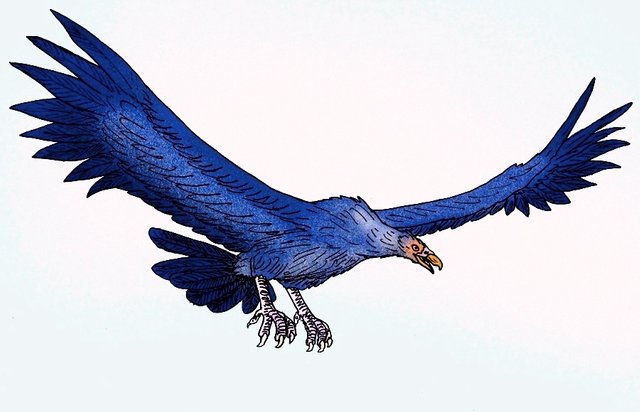
Argentavis magnificens, the largest flying animal ever recorded.
With a wingspan of 5.8-7 meters and weighing in at 110 kg, it is astonishingly large. Thanks to their great weight, they were less adapted to predatory flight than other birds. For this reason, they preferred to eat carrion.
